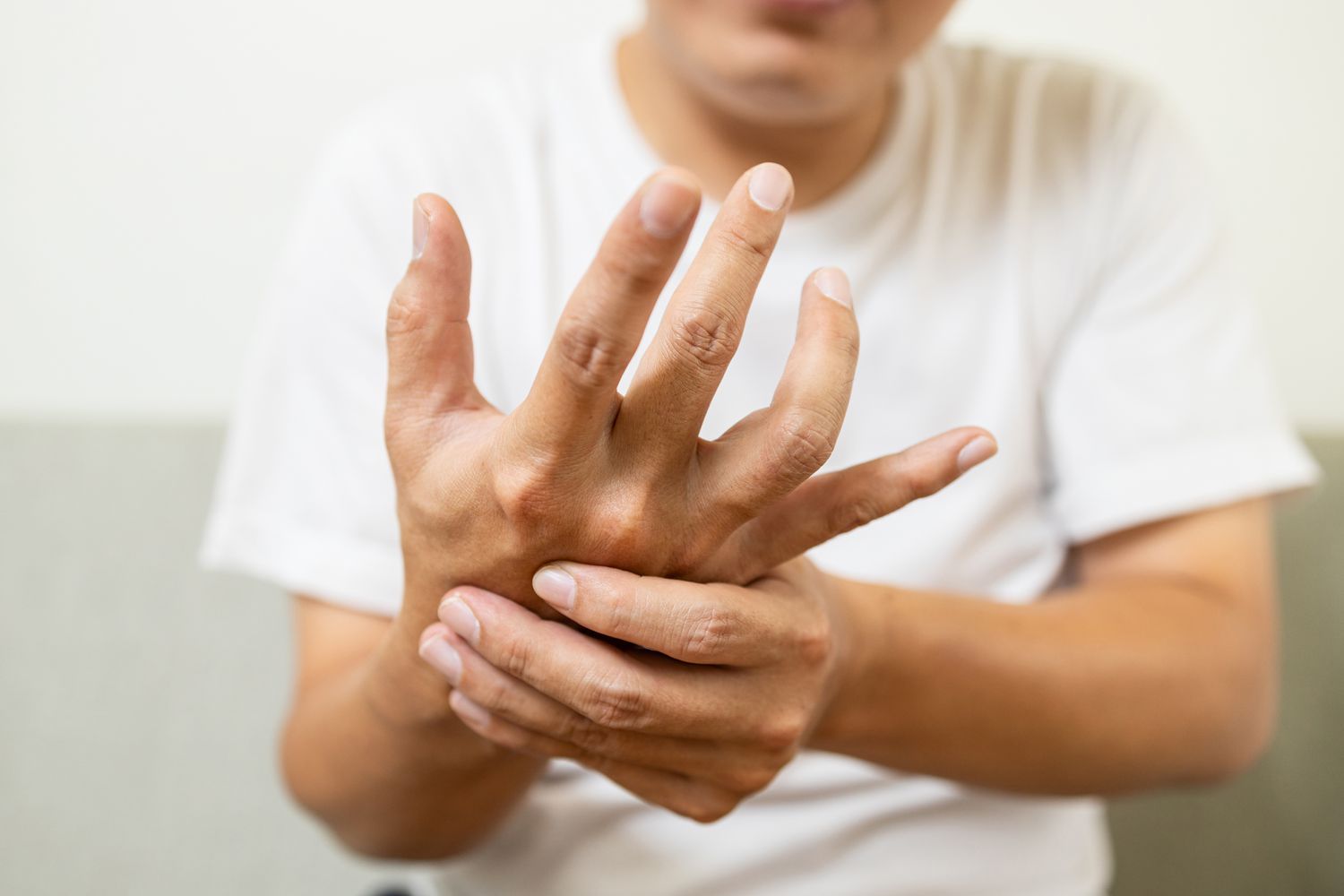
Tardive Dyskinesia is a condition that causes involuntary, repetitive movements, often affecting the face, tongue, and limbs. What causes Tardive Dyskinesia? The primary culprit is long-term use of certain medications, especially antipsychotics. These drugs, while essential for treating mental health conditions, can sometimes lead to this side effect. Symptoms might include grimacing, tongue movements, lip smacking, and rapid blinking. Though it sounds daunting, understanding the facts about Tardive Dyskinesia can help manage and potentially reduce its impact. Let's dive into 14 key facts that shed light on this condition, its causes, symptoms, and management strategies.
What is Tardive Dyskinesia?
Tardive Dyskinesia (TD) is a neurological disorder caused by long-term use of certain medications. These drugs, often prescribed for psychiatric or gastrointestinal conditions, can lead to involuntary movements. Let's explore some key facts about this condition.
-
TD is Often Caused by Antipsychotic Medications
Long-term use of antipsychotic drugs, especially first-generation ones, can lead to TD. These medications are used to treat conditions like schizophrenia and bipolar disorder. -
Symptoms Include Involuntary Movements
People with TD may experience repetitive, jerky movements. These can affect the face, tongue, and limbs, making daily activities challenging.
How Common is Tardive Dyskinesia?
Understanding the prevalence of TD helps in recognizing its impact on public health. Here are some statistics and insights.
-
Affects 20-30% of Long-term Antipsychotic Users
Studies show that 20-30% of individuals on long-term antipsychotic therapy develop TD. This highlights the importance of monitoring patients on these medications. -
More Common in Older Adults
Older adults are more susceptible to TD. Age-related changes in the brain and prolonged medication use contribute to this increased risk.
Risk Factors for Tardive Dyskinesia
Certain factors can increase the likelihood of developing TD. Knowing these can help in early detection and management.
-
Higher Risk in Women
Women are more likely to develop TD than men. Hormonal differences and metabolism may play a role in this increased risk. -
Genetic Predisposition
Genetics can influence susceptibility to TD. Family history of neurological disorders may increase the risk.
Diagnosing Tardive Dyskinesia
Early diagnosis is crucial for managing TD effectively. Here’s how healthcare professionals identify this condition.
-
Clinical Observation
Diagnosis primarily involves observing symptoms. Doctors look for characteristic involuntary movements during physical exams. -
Use of Rating Scales
Tools like the Abnormal Involuntary Movement Scale (AIMS) help quantify the severity of TD. These scales provide a standardized way to assess symptoms.
Treatment Options for Tardive Dyskinesia
Managing TD involves various strategies. Treatment aims to reduce symptoms and improve quality of life.
-
Medication Adjustments
Reducing or discontinuing the offending drug can sometimes alleviate symptoms. However, this must be done under medical supervision. -
Medications Specifically for TD
Drugs like valbenazine and deutetrabenazine are approved for treating TD. These medications help reduce involuntary movements.
Living with Tardive Dyskinesia
Living with TD can be challenging, but support and lifestyle changes can make a difference.
-
Support Groups
Joining support groups can provide emotional support and practical advice. Sharing experiences with others facing similar challenges can be comforting. -
Physical Therapy
Physical therapy can help manage symptoms. Exercises designed to improve muscle control and coordination can be beneficial.
Research and Future Directions
Ongoing research aims to better understand TD and develop new treatments. Here’s what’s on the horizon.
-
Exploring New Medications
Researchers are investigating new drugs to treat TD. These efforts focus on finding more effective and safer options. -
Understanding the Mechanisms
Studies are delving into the underlying mechanisms of TD. Understanding how these involuntary movements develop can lead to better prevention and treatment strategies.
Understanding Tardive Dyskinesia
Tardive Dyskinesia (TD) affects many people, often as a side effect of long-term use of antipsychotic medications. Recognizing the symptoms early can make a big difference in managing this condition. Symptoms include involuntary movements, especially in the face and limbs. Treatment options range from adjusting medications to using specific drugs designed to reduce these movements. Lifestyle changes, like stress management and regular exercise, can also help.
Awareness and education about TD are crucial. If you or someone you know shows signs of TD, consult a healthcare professional for proper diagnosis and treatment. Staying informed and proactive can improve quality of life. Remember, early intervention is key. Keep learning, stay vigilant, and support those affected by this condition.
Was this page helpful?
Our commitment to delivering trustworthy and engaging content is at the heart of what we do. Each fact on our site is contributed by real users like you, bringing a wealth of diverse insights and information. To ensure the highest standards of accuracy and reliability, our dedicated editors meticulously review each submission. This process guarantees that the facts we share are not only fascinating but also credible. Trust in our commitment to quality and authenticity as you explore and learn with us.


